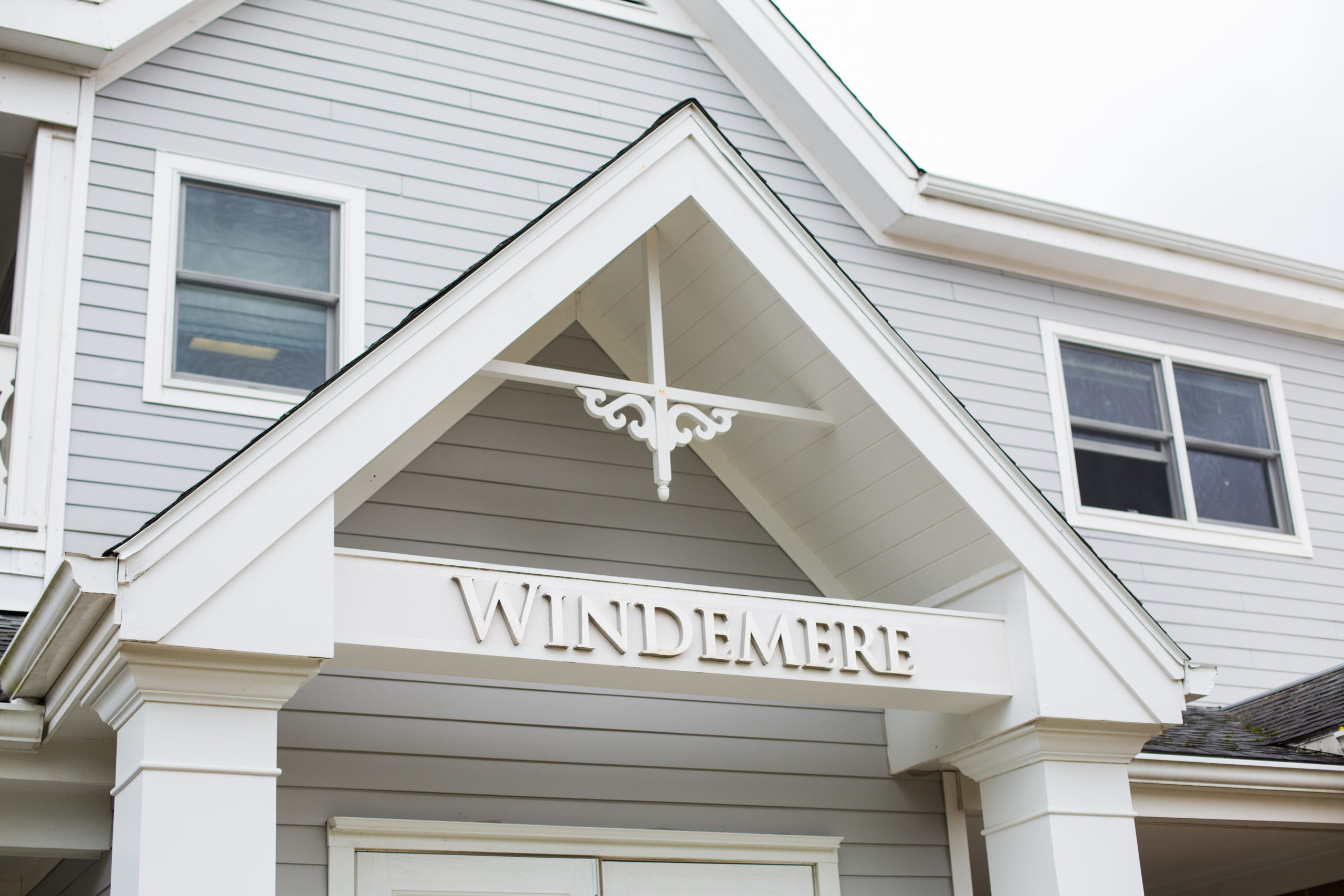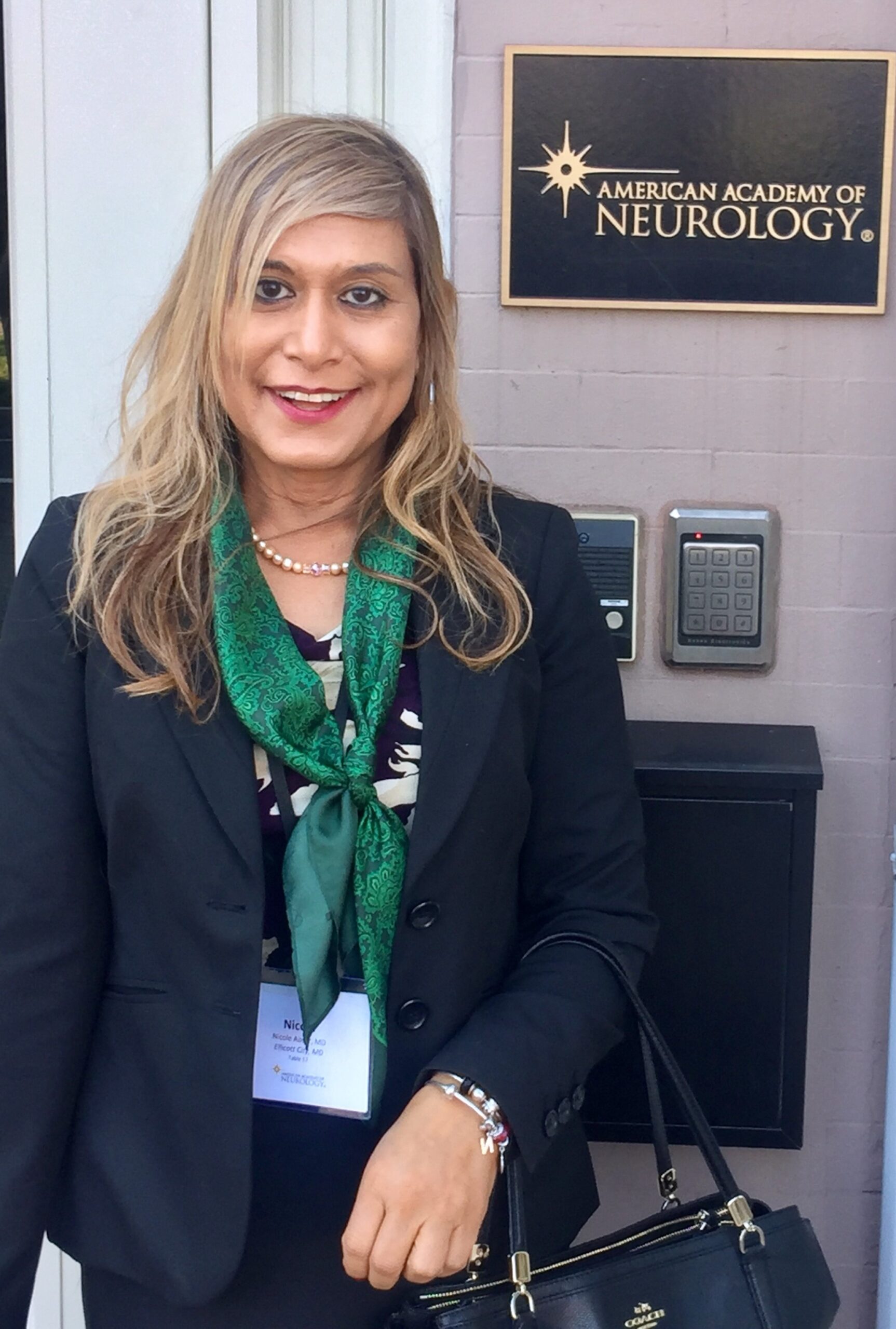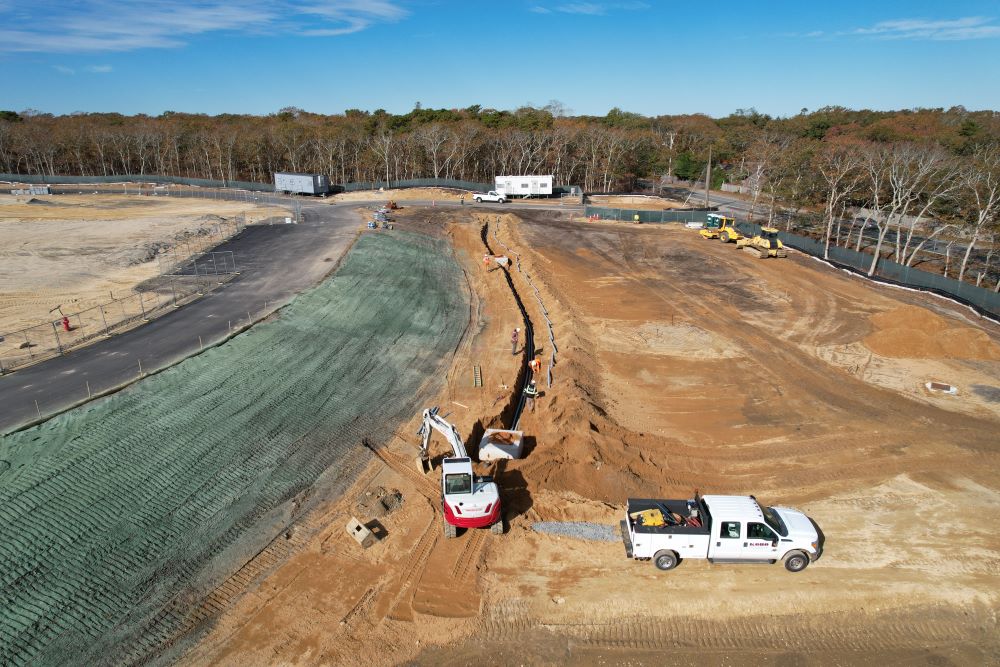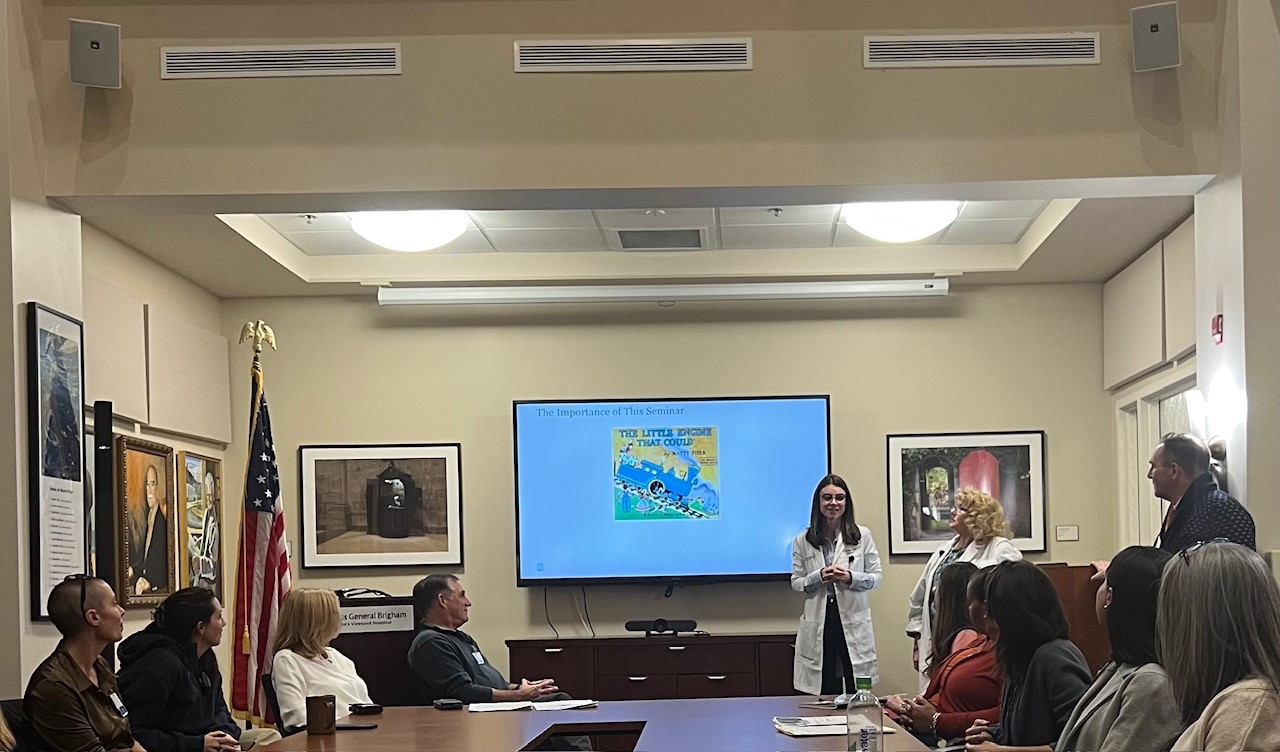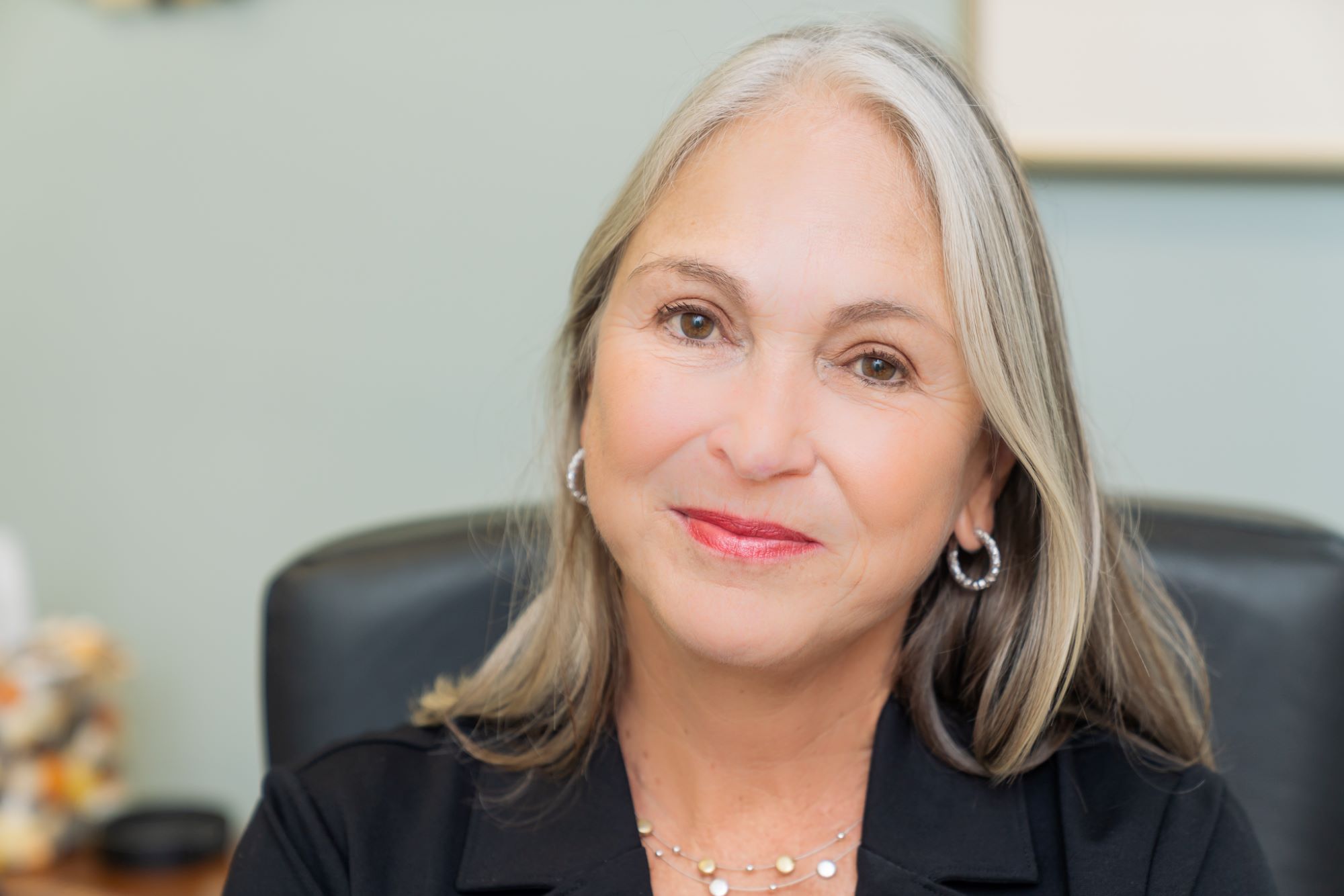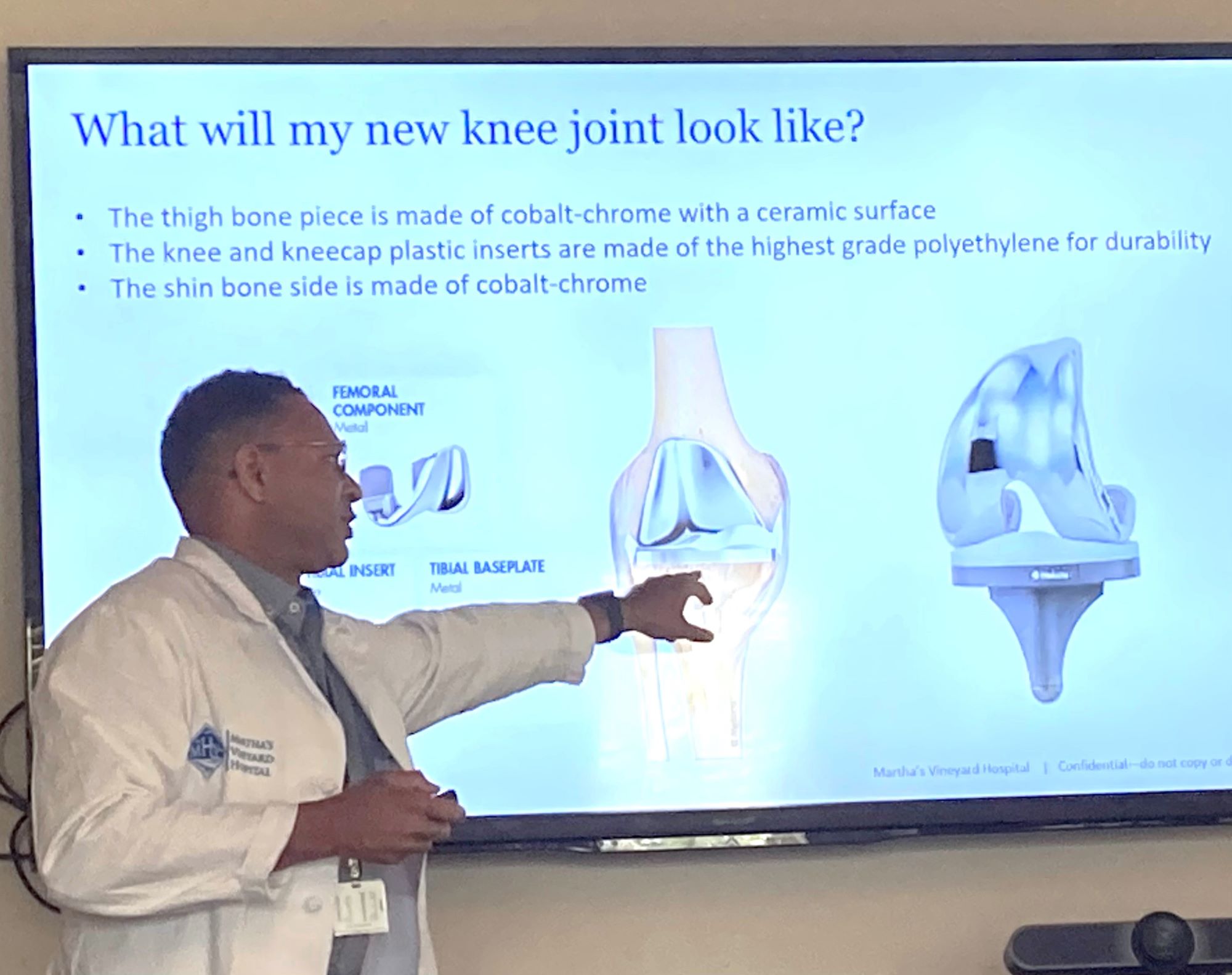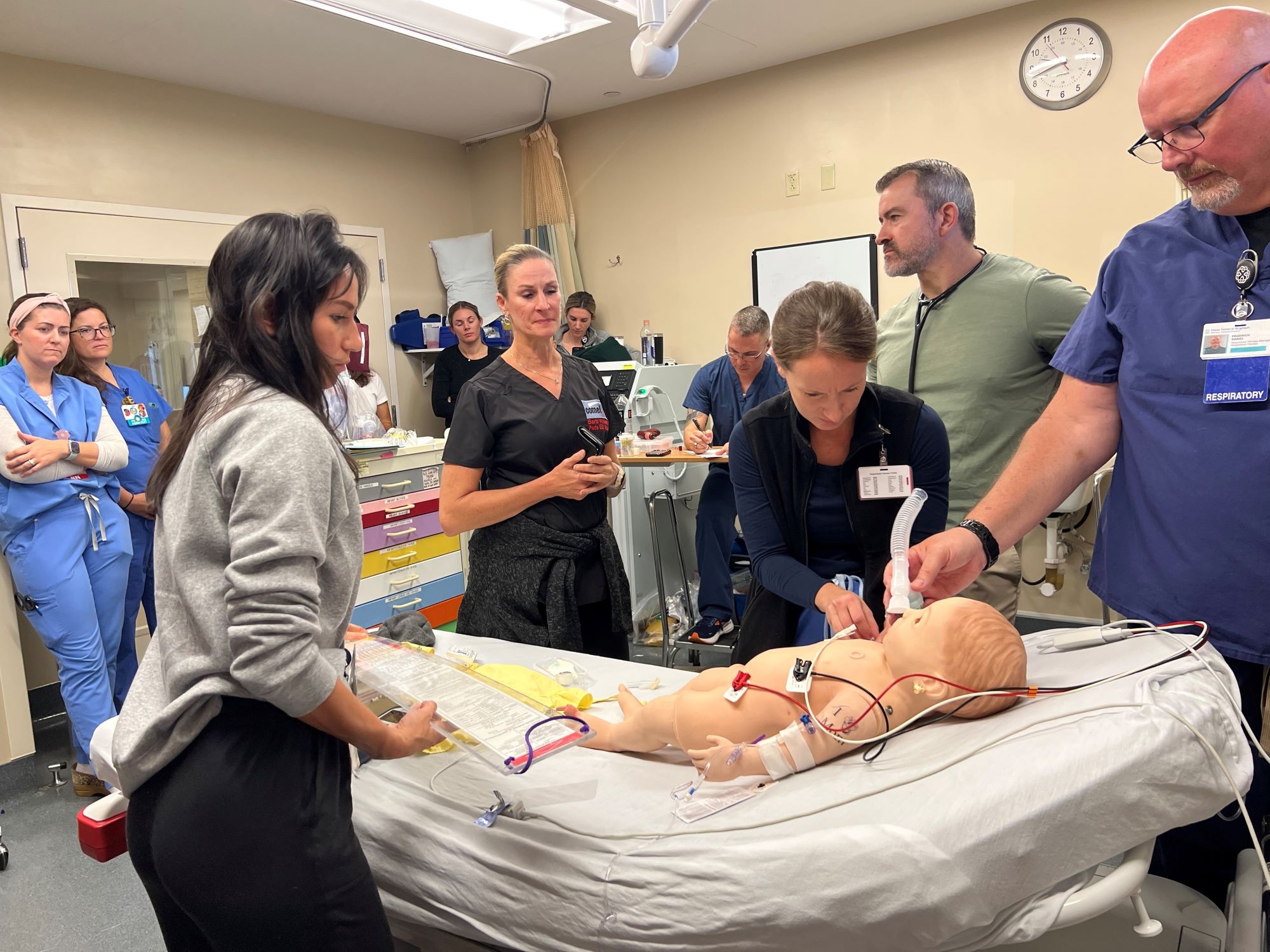Following a decade of a declining census and financial losses, the board of trustees of Windemere Nursing & Rehabilitation Center (WNR) recently authorized taking steps to suspend admissions to WNR’s Independent Living (Unit 2) to reduce losses. The process will now begin to analyze the options for closing this unit. Despite its high ranking from The Centers for Medicare & Medicaid Services (CMS) for multiple years in a row, positive surveys from the Massachusetts Department of Public Health, the Independent Living model of care has failed to take hold at the Island’s only nursing home. The current census in the 13-bed unit is only three.
Shortfalls in revenue are currently covered by the hospital, and typically range from $750,000 to $1,000,000 annually.
Two years ago, Windemere as a whole began to suffer from systemic financial shortfalls. As a result, at a special meeting of the board, the trustees authorized the transfer of funds from Martha’s Vineyard Hospital to WNR and directed administration to develop a plan of sustainability. There was a 3-pronged action plan:
- Improve the census in all units, perhaps even increasing the number of commercial and private pay residents.
- Improve the staffing model and reduce the need for expensive “travelers” to fill vacant positions. Travelers can cost the organization ~ 75 – 100% more in labor expenses.
- Petition the State to update the costs used in the rate formula calculations for Medicaid (Mass Health) payments. The current formula has not been updated in 10 years, and still uses costs from 2007. About 85% of the current residents are on Medicaid.
With the staff fully engaged, the Skilled Nursing Facility (Units 3 & 4) has been essentially full and stable. However, the Independent Living unit has proven to be an inefficient and unsustainable approach to care on the Vineyard. The staffing model has improved but still relies on some off-island staff. And despite multiple meetings with elected and administrative officials at the State level, the state was unwilling to make any improvements to the rate formula. Essentially, the organization has received cost of living increases from the state averaging 0.5% for the last 10 years to pay for the rise in labor, benefit and supply costs. A recent financial analysis showed that a modest increase of just 2% for each of the last 10 years would have provided enough financial relief to stabilize the organization’s finances.
The process of closing the unit could take up to six months. In the meantime, the staff is working with residents and their families to consider moving them to other Units or locations.
Meanwhile, as part of the overall Master Facility Planning (MFP) process, the organization will continue to review options for the best and highest use of the unit. One possibility, assuming that the State will eventually provide a fair and reasonable rate adjustment, would be to re-open Unit 2 as a Skilled Nursing Unit. Other options will also be considered.

